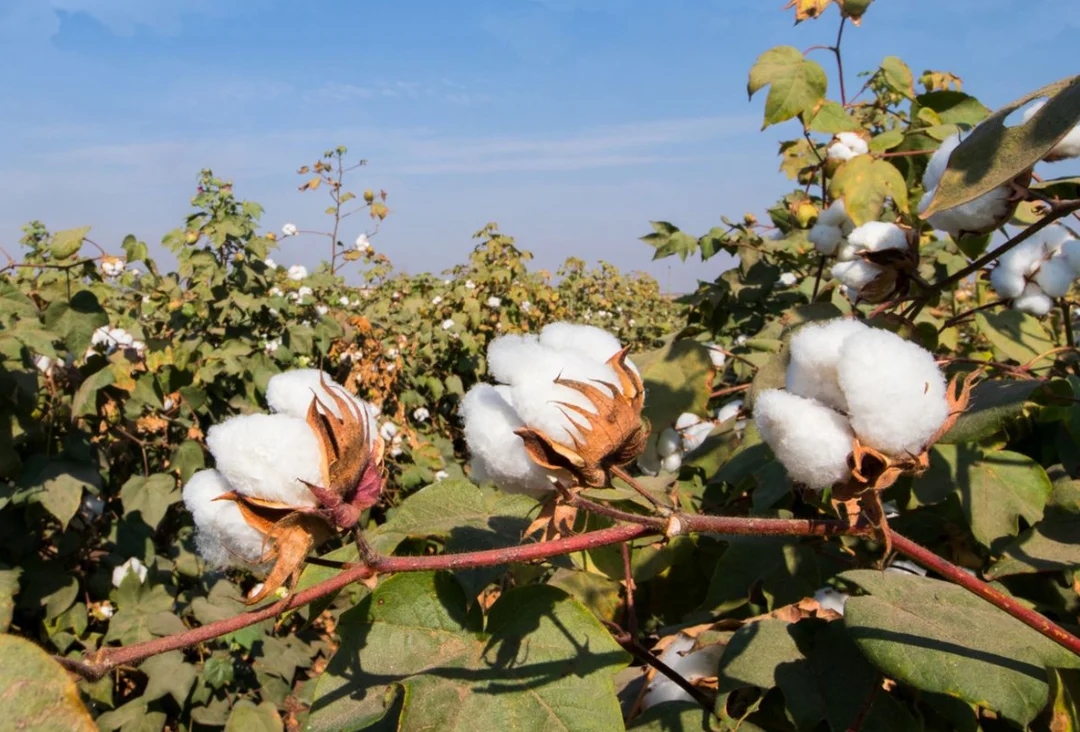Azotobacter chroococcum and Bacillus cereus are the topmost contenders for a fiber crop like cotton. This dicotyledon plant is mainly produced in Punjab, Haryana, Rajasthan, Uttar Pradesh, Madhya Pradesh, Gujarat, Maharashtra, and parts of Andhra Pradesh & Karnataka.
On a beginner’s note – Why use biofertilizers?
Agriculture is considered the fundamental livelihood source for 58% of India’s population. The food processing industry in the country covers around 32% of the entire food market and has secured 5th rank in consumption, production, and export overall. The statistics suggest that the public largely relies on the intake of food that is processed on these farms and we still are an agricultural country.
Being one of the best global competitors and highly recognized nations for the largest production of farm commodities, this industry needs to acknowledge the reality of climate change. The issue has occupied space in the daily conversations of big companies across the fields and they are trying to inculcate sustainable ways of manufacturing and delivering their services/products.
It is claimed that organic farming is gaining momentum in India again where people have been reconsidering their ways of harvesting. Many farmers are replacing chemical fertilizers, pesticides, and other harmful supplements with biofertilizers to ensure mass production without degrading soil health.
Biofertilizers are living microorganisms that increase the supply of essential nutrients to plants. These micro-organisms present in biofertilizers are vital as they produce nitrogen, potassium, phosphorus, and other nutrients required for the benefit of the plants. Most of the bacteria used in bio-fertilizers have a close relationship with plant roots.
Features of Azotobacter chroococcum and Bacillus Cereus
Azotobacter chroococcum is a non-symbiotic, oval-shaped, aerobic bacteria that can fix atmospheric nitrogen. It grows well in moderate-temperature soils and requires a neutral pH environment.
Whereas Bacillus cereus is a mobile, flexible anaerobic, rod-shaped bacteria that is present mostly in marine sponges, food, and soil. Both of these inoculants can enhance are free-living nitrogen-fixing bacteria and enhance soil fertility.
Functions of Azotobacter chroococum and Bacillus cereus
A. chroococum boosts plant growth by enhancing seed germination and advancing the root architecture. This is done by restricting pathogenic microorganisms around the root systems of crop plants. The bacteria exploit atmospheric nitrogen for their cellular protein synthesis, which then is mineralized in the soil, imparting to the crop plants a considerable part of the nitrogen available from the soil source.
Bacillus cereus is antagonistic to plant pathogens and makes a substantial contribution to the prevention of plant diseases. It produces spores resistant to UV light and heat, which allows them to survive in adverse environmental conditions as well as allows easy formulation for commercial purposes. It can check insect and pest populations.
These plant growth regulators (PGR) like Azotobacter chroococum and Bacillus cereus guarantee a balanced vegetative and better fiber quality. They help in the secretion of plant growth hormones, and the plant’s safety against attack by pathogens.
The use of biofertilizers such as these is cost-effective compared to synthetic fertilizers. Moreover, they restore the soil’s natural, nutrient cycle and build soil organic matter. They also protect against drought conditions.
Krushagra Bacifit
At Krushagra, we believe in delivering products that echo the importance of such inoculants, are environment-friendly, and are extremely affordable. Krushagra Bacifit is one such biofertilizer that can be used as a means to stimulate a crop’s immune system as well as provide essential nutrients to the soil. It will catalyze the health of the soil and can be used for cotton crops as well.






